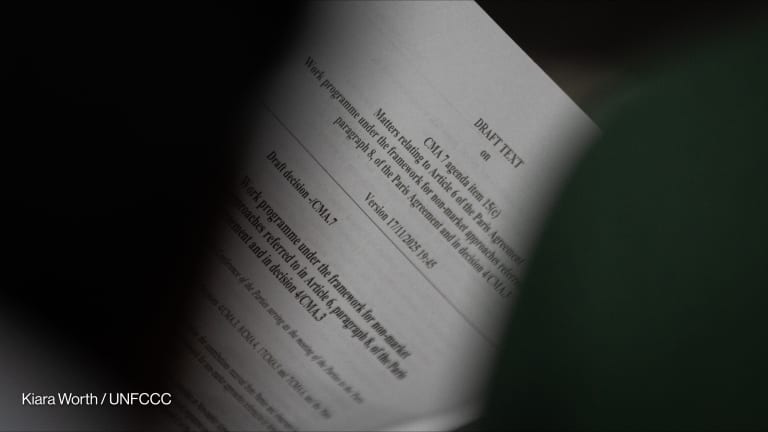Thirty years ago, around 2,000 people attended the very first United Nations Conference of Parties on Climate Change, or COP1. In 2023, nearly 100,000 people registered for the 28th edition of the event. Over the course of the last two and a half decades, COP has evolved from a niche group of country delegations, United Nations bodies, and NGOs, all fighting a fight that very few took seriously. Today, it is a behemoth.
The summit has become one of the world’s most influential geopolitical events — shaping not only the climate agenda, but also the internal policies of the countries that host it, and their standing on the world stage. Hosting COP has become an act of diplomacy: A chance for nations to showcase political credibility, attract investment, and recast their image on the world stage. Whether for oil-rich states seeking legitimacy or emerging economies courting climate finance, the COP presidency has evolved into a tool of international influence and a catalyst for domestic transformation.
As a two-week conference, COP runs longer than most, acting simultaneously as a space of policy negotiations and as an industry show for private players, philanthropies, and impact investors. Over the years, geopolitical alignments have shifted, from divisions within the Group of 77 coalition of developing countries, to the rise of China as a renewable energy powerhouse, to the growing voice of the small island developing states, or SIDS, and the least developed countries group, or LDCs.








